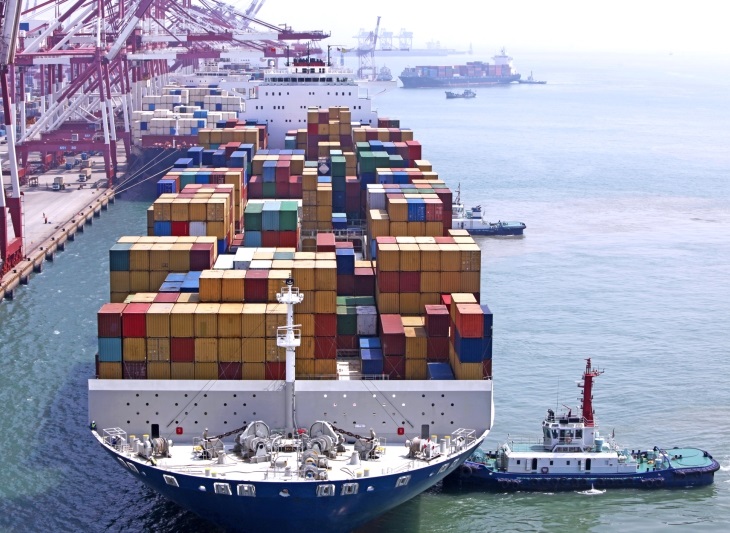APEC targets increased infrastructure investment

APEC member economies are intensifying joint efforts to address impediments to cross-border investment in the region to meet rising infrastructure demand and ensure the flow of goods and people that drive growth.
Advancing a new APEC Multi-Year Plan on Infrastructure Development and Investment was a focus of Senior Officials meeting in Ningbo on Friday. The initiative is a component of APEC’s priority to improve comprehensive connectivity in the region. Senior Officials established a Friends of the Chair Committee to oversee the development and implementation of the blueprint and supervise the implementation of the multi-year plan.
“We are drafting a blueprint for establishing greater regional connectivity that is far-reaching and ambitious,” said Li Baodong, Chair of the APEC 2014 Senior Officials’ Meeting and Vice Foreign Minister of China. “Our goal is to facilitate the seamless movement of goods and people across the region to raise productivity and central to that is ensuring that there is sufficient infrastructure in place to support it.”
“Robust trade flows hinge on reliable supply chains,” explained Dr Alan Bollard, the APEC Secretariat's Executive Director. “As trade volumes in the Asia-Pacific rise, there is a real need for economies to build the capacity of the region’s infrastructure and an important aspect of this is fostering an environment that encourages greater private sector investment in new projects.”
Asia will require about USD8 trillion in investment between 2010 and 2020 to meet the region’s infrastructure needs, according to the Asian Development Bank. The return on investment is potentially significant for the region’s economies—a ten percent increase in infrastructure provision raises long-term growth by one percent, the World Bank estimates.
“Red tape and uncertainty deter investors critical to the development of roads, ports, container technology and other core infrastructure,” explained Li. “Reducing behind-the-border barriers and overall investment risk is an APEC priority which ultimately contributes to better supply chain efficiency and lowers trade transaction costs.”
The APEC Multi-Year Plan on Infrastructure Development and Investment articulates steps for boosting private sector involvement in the sector by 2016. Points of emphasis include regulatory reform, planning improvements, the identification and generation of a pipeline of bankable projects, and creation of a more investor-friendly financing and funding environment.
Part of the implementation process involves an APEC Public-Private Partnership Center in Indonesia, which is being set up to assess infrastructure projects to receive private finance and guide their execution. Information-sharing will also increase the capacity of economies in the region to deliver such projects.
“Public Private Partnerships can help with infrastructure financing but a common understanding of the needs within the investment and regulatory environment is required for things to move forward,” said Li.
“Collaboration within APEC provides an opportunity for economies to remain aware of each other’s trade and investment regulations and free trade agreements that may often include investment chapters,” concluded Dr Bollard. “This can help to standardize rules and processes and result in the kind of policy regimes that investors want and economies are well served to provide.”
# # #
For more information, please contact:
David Hendrickson: +65 9137 3886 or [email protected]
Michael Chapnick: +65 9647 4847 or [email protected]
Additional details about APEC meetings, events, projects and publications can be found at www.apec.org. Follow APEC on Twitter and join us on Facebook and LinkedIn.

